Japan GDP contracted -0.2% qoq in Q1, worse than expectation of 0.0% qoq. On annualized basis,GDP contracted -0.6% versus expectation of -0.1%. The contraction marked the end of eight straight quarters of growth. And that was the longest streak since 1989. GDP deflator, however, rose 0.5% yoy, beating expectation of 0.3% yoy.
But it’s generally believed that the contraction is temporary. In particular, a relatively weaker Yen at 100 against Dollar and global recovery, export led Japanese economy remains on solid footing for expansion.
Also from Japan, industrial production was revised up to 1.4% mom in March, from first estimate of 1.2% mom.




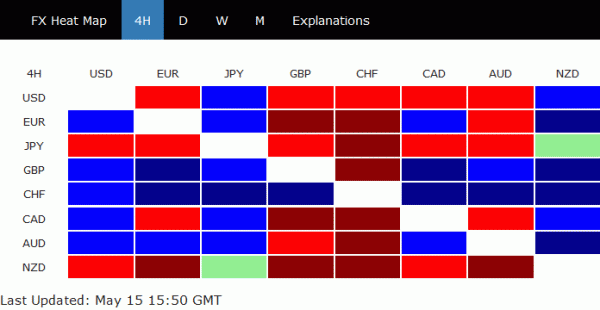
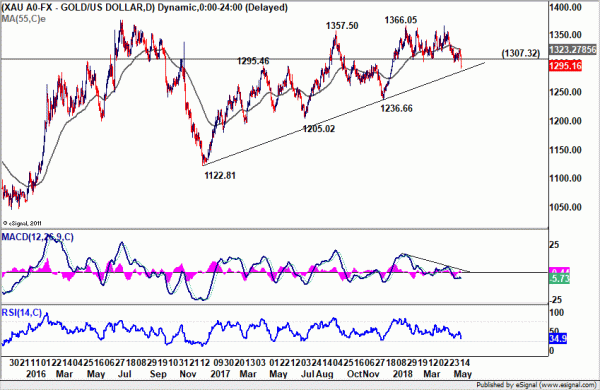
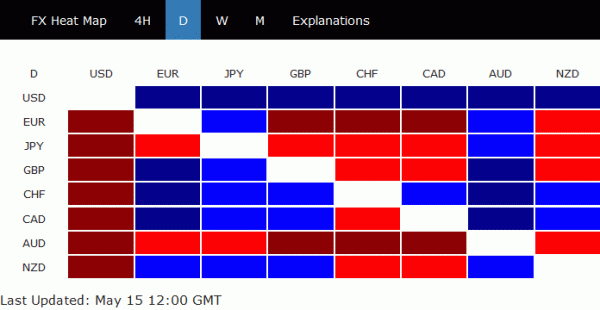
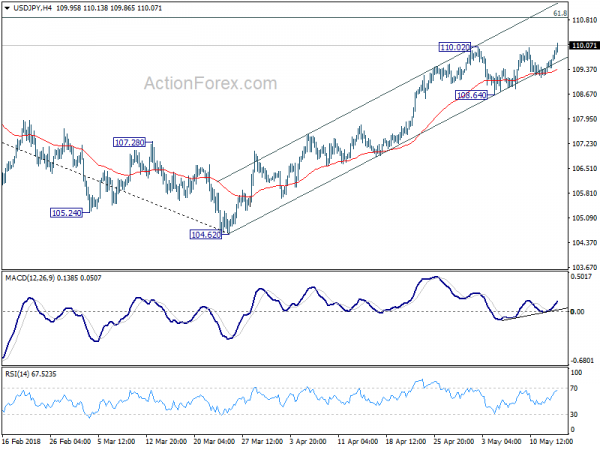
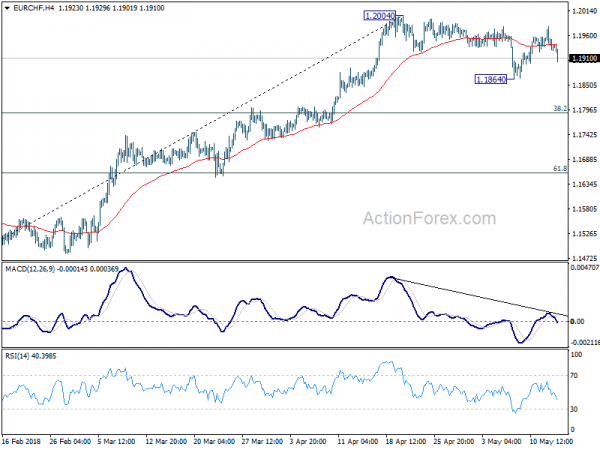
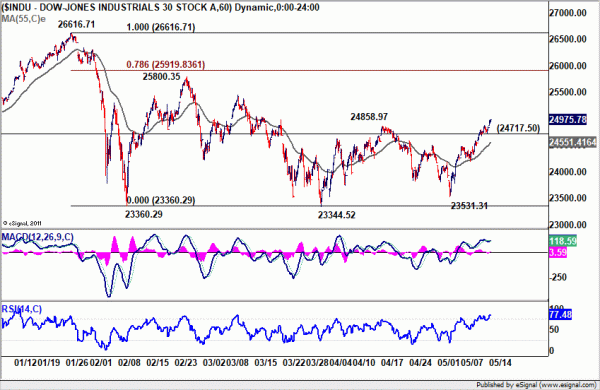
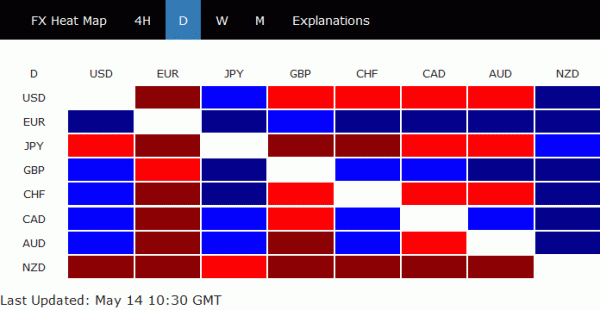
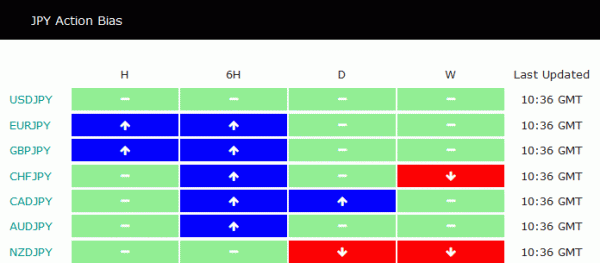
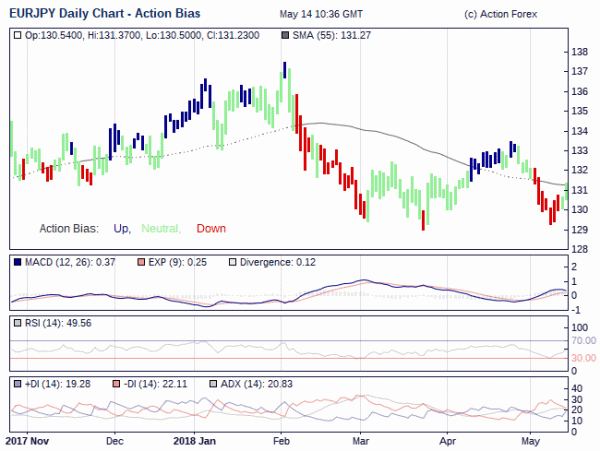
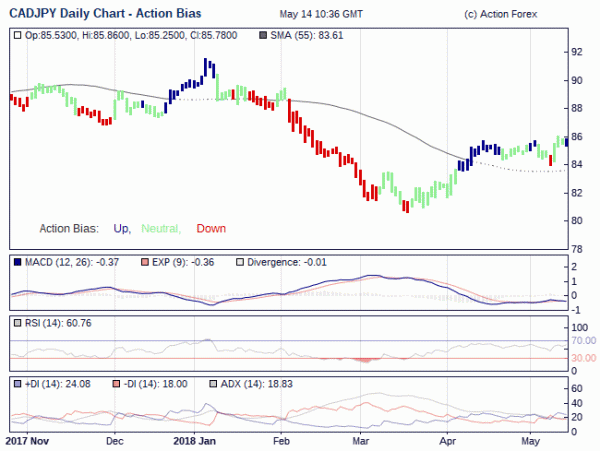
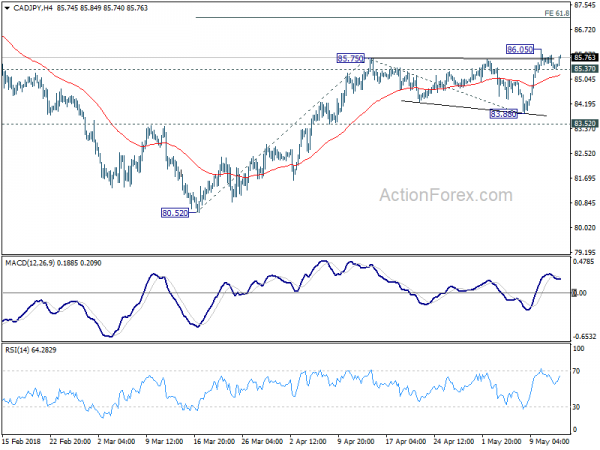

San Francisco Fed Williams: Neutral rate to stay at 2.5% despite stronger growth
San Francisco Fed President John Williams said that the r-star neutral rate remains at 2.5% despite strong growth. He noted that “some economists and central bankers have pointed to signs that the fortunes of r-star are set to rise.” However, he didn’t see “convincing evidence” yet.
Fed has been describing monetary policy as “accommodative” for years. With federal funds rates just a few hikes from 2.5%, William saw the need to “revisit” the language. But “that would be a committee decision about how to best describe the committee’s view around where monetary policy is positioned and where we see it going.”